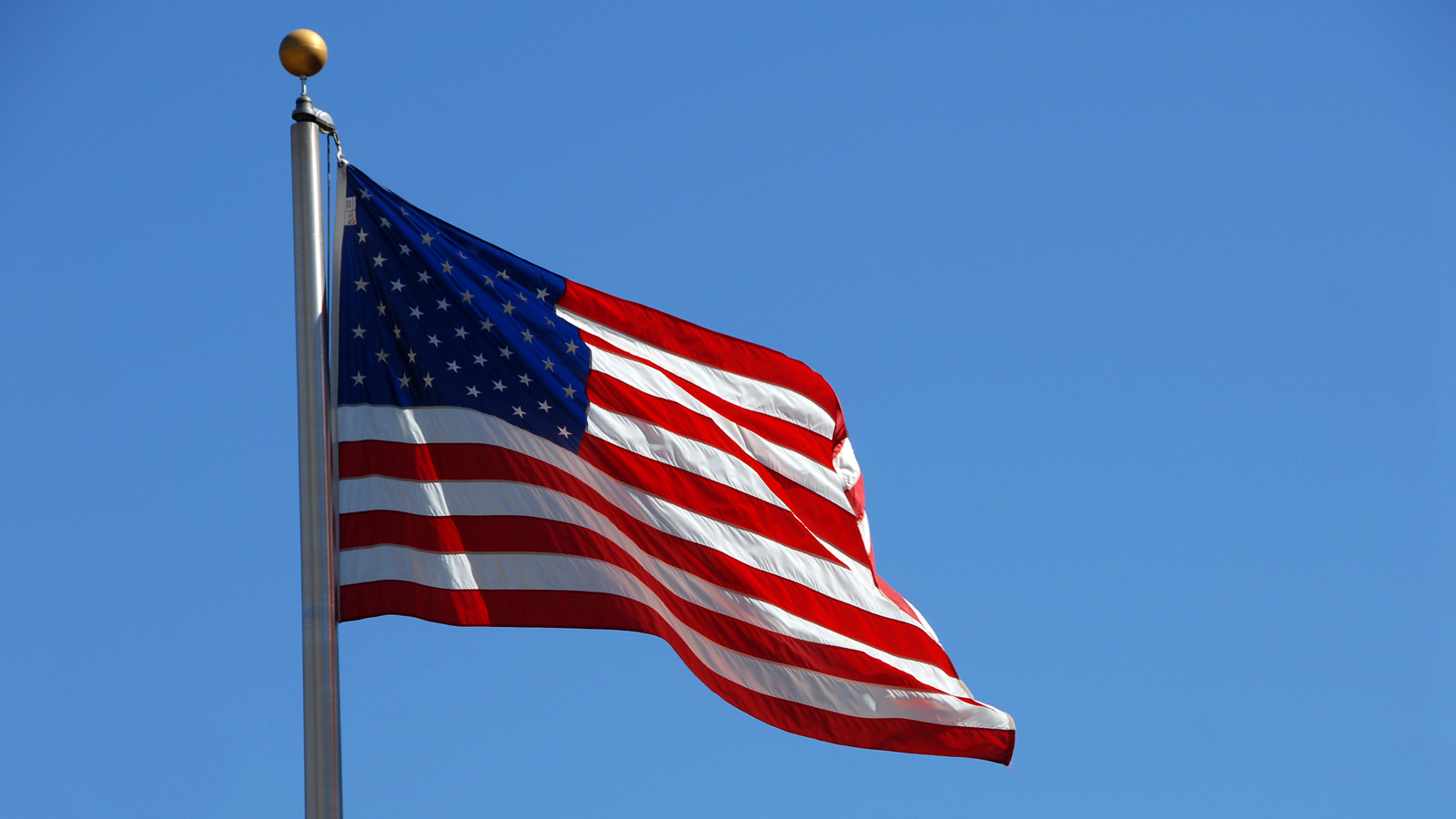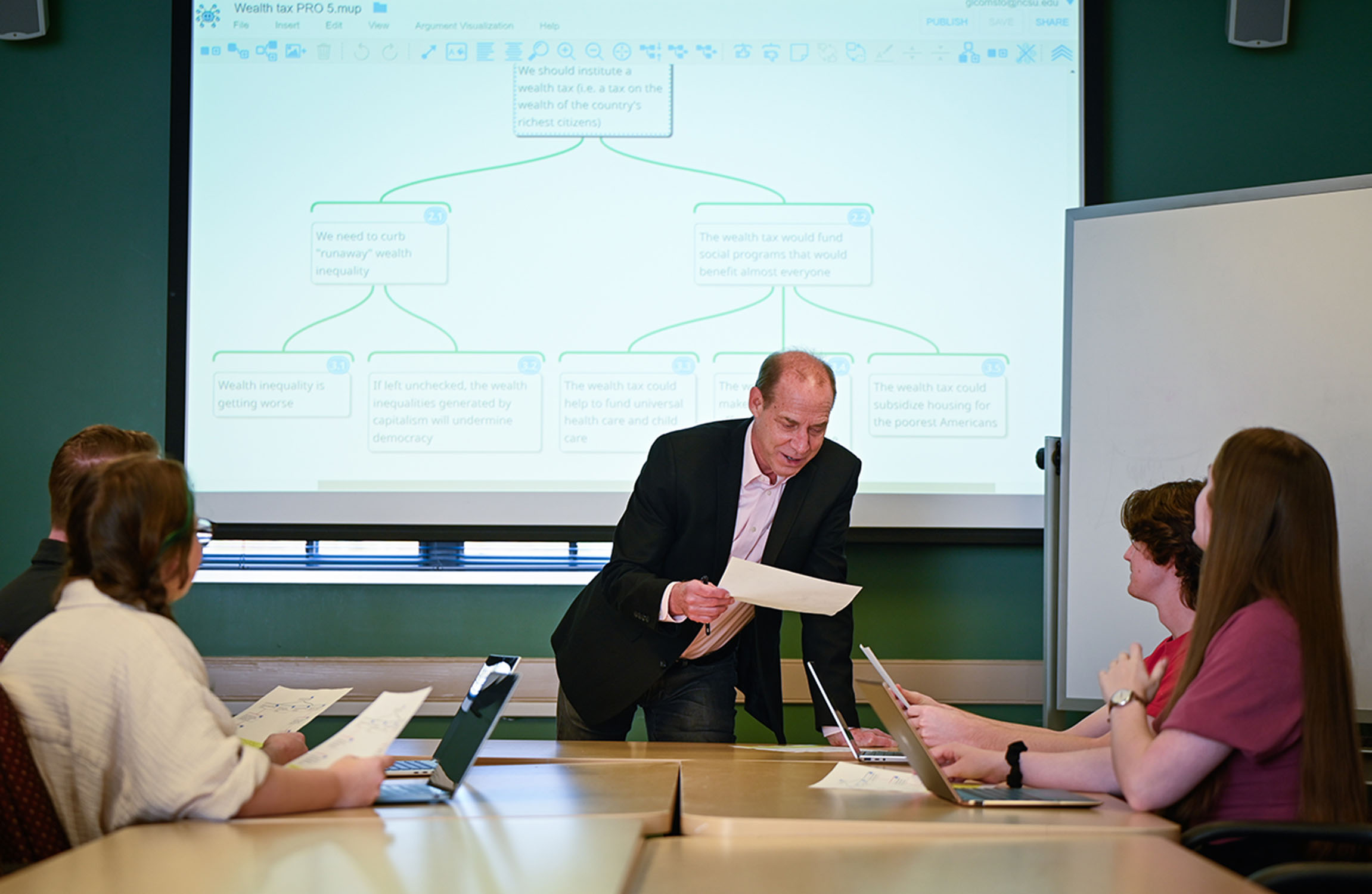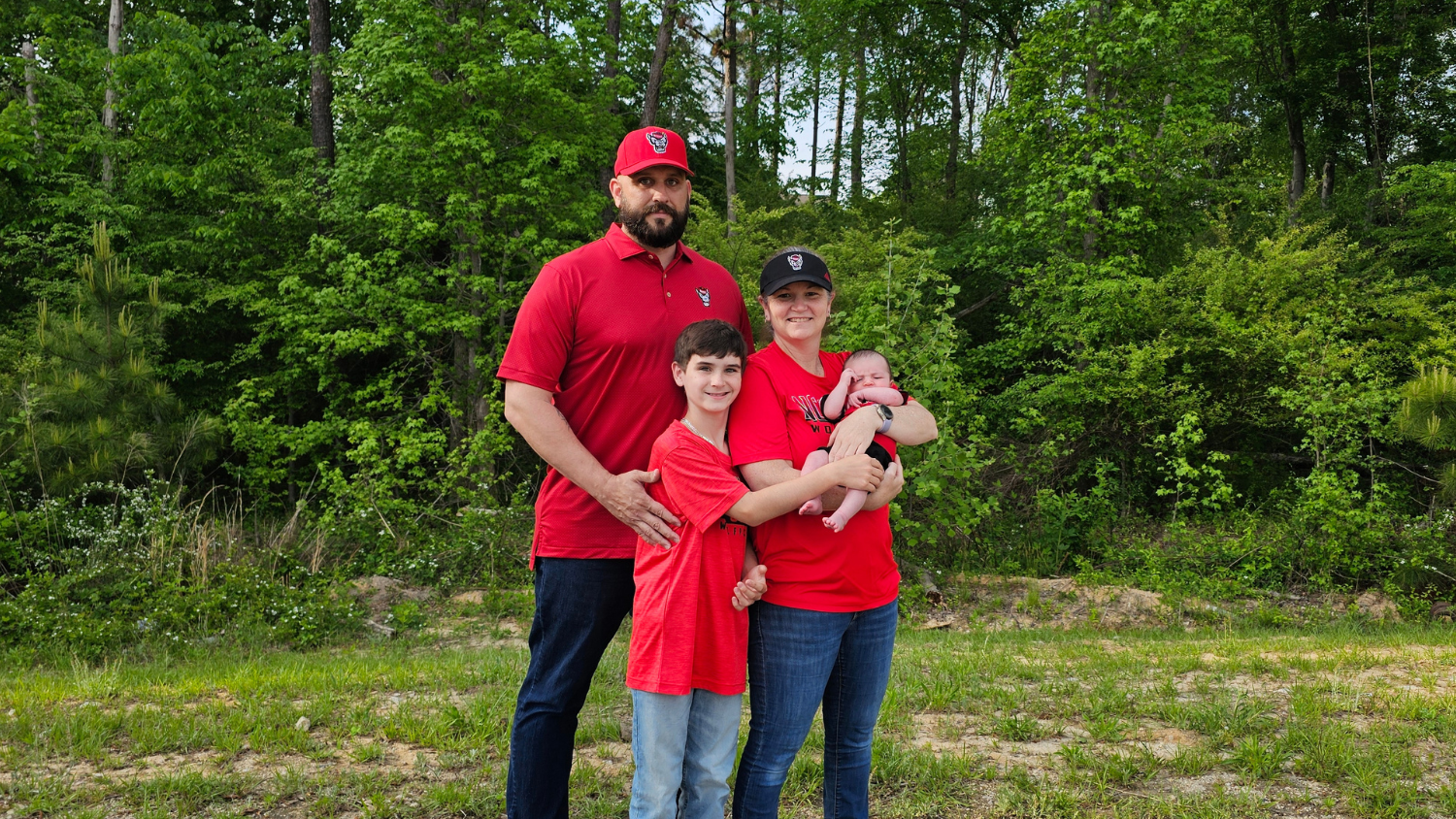U.K. Students Manage Presidential Campaigns Through NC State Simulation

As American voters head to their precincts this fall, students in the United Kingdom will be simulating their own version of the 2016 presidential election.
“Election 2016,” an online simulation created by NC State University political scientist Andy Taylor and graduate student Alex Johnson, tasks teams of students from England, Scotland, Wales and Northern Ireland to manage a United States presidential candidate’s campaign — hopefully to victory in the general election.
The simulation is aimed at students in the sixth form, the equivalent of grades 11 and 12 in the United States. Funded by a $56,000 grant from the U.S. Embassy in London, it is free for participating schools and designed to aid teachers in their instruction.
“Some teachers are using it to formally assess students as part of their regular coursework,” Taylor said. “Some are using it as part of a club activity for students who have an interest in American politics.”
Taylor and Johnson, a student in NC State’s Master of International Studies program, designed the simulation over the summer with assistance from the university’s Distance Education and Learning Technology Applications office, or DELTA. They recruited nearly 100 public and private schools in the U.K. to participate.
The simulation follows a condensed version of the presidential election cycle, from the nomination process to General Election Day.
Teams comprised of four to seven students began the simulation in early September by selecting a candidate to manage. Students picked from a list that included real politicians (notable governors, senators and representatives), but also more unconventional prospects (rapper Kanye West was on the list). This year’s real-life Democratic and Republican party nominees Hillary Clinton and Donald Trump were also on the list; however, Taylor said he encouraged students to avoid choosing either in order to foster a more unique experience.
Teams then shepherded their candidates through different aspects of the nomination process, including creating fundraising plans, drafting policy positions and issuing statements on different issues. They also designed advertisements, a slogan and a logo.
Taylor and Johnson selected two nominees, Democrat Bernie Sanders and Republican Marco Rubio, to face off in the simulation’s general election. Half the teams will support Sanders and the other half will back Rubio. If a team represented a Democratic candidate in the primary, they must represent the Republican in the general (and vice versa).
“By switching it up and having everyone rally behind one of two candidates, we can bring in assignments related to opposition research and even create a mock debate,” Taylor said. “We’ll also bring in scenarios where teams will have to deal with a specific issue related to their candidate and they’ll have to scramble and issue press releases.”
At the end of the simulation, the goal is to hold an actual election that will take place around Thanksgiving. “We’ll put the teams into states, they’ll vote and we’ll demonstrate how the electoral college works,” Taylor said.
The simulation works through the open-source learning platform Moodle, in which all the teams can view and respond to each other’s work. Johnson said the system is fostering a community among the participating schools.
“I’ve noticed a sort of back-and-forth between students as they respond to each assignment we give them in forums that we’ve created online,” Johnson said. “It’s evident that they’re excited to interact with each other as like-minded students who enjoy participating in the political process.
“It’s fascinating to see how our political process here in the United States is viewed by students from another country.”
For more information or to keep up with the simulation, visit @PrezSim2016 on Twitter.


